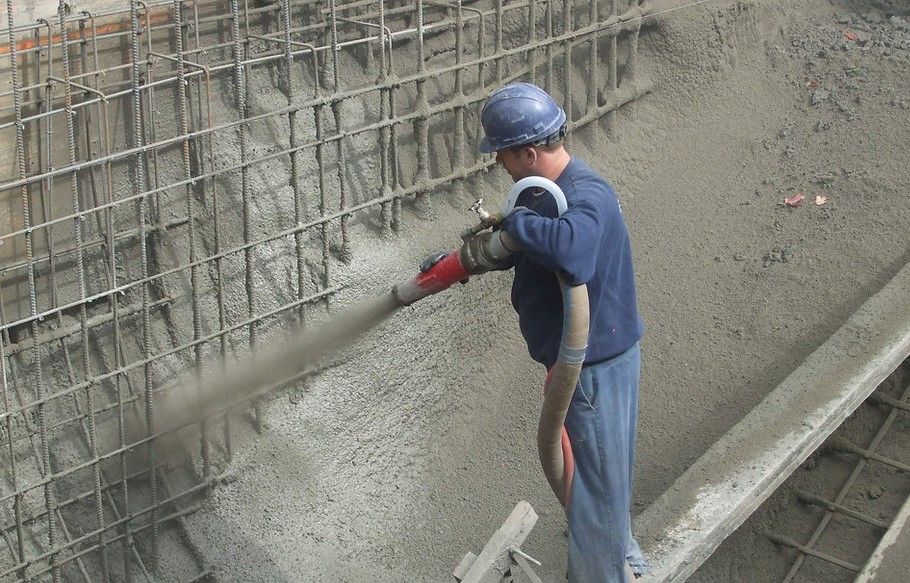How Strong is Shotcrete? Is Shotcrete Stronger Than Poured Concrete? Shotcrete is generally "as strong or stronger" than poured concrete due to its "high compaction and low water-cement ratio". Here’s a breakdown of its strength characteristics:

1. Compressive Strength:
① Shotcrete typically has a "compressive strength of 4,000 to 8,000 psi" (pounds per square inch) or even higher, depending on the mix design and application.
② Poured concrete usually ranges from "3,000 to 6,000 psi", though high-strength mixes can exceed this.
2. Why Shotcrete Can Be Stronger:
① Lower Water-Cement Ratio – Since shotcrete is applied using high pressure, less water is needed, reducing the risk of weak spots.
② High Compaction – The force of application compacts the material better than traditional poured concrete.
③ Better Bonding – Shotcrete adheres well to existing surfaces, reducing the risk of delamination or cold joints.
3.Applications Where Shotcrete Excels:
① Tunnel linings
② Swimming pools
③ Retaining walls
④ Repair work on bridges and structures
4. When Poured Concrete is Preferable:
① Choose Shotcrete When:
- Rapid construction or complex shapes are needed (e.g., tunnels, slopes).
- Enhanced crack resistance or impact resistance is required (e.g., steel fiber shotcrete) .
② Choose Poured Concrete When:
- High strength is essential (e.g., skyscrapers, bridges).
- Large flat surfaces are to be constructed, and formwork costs are manageable .
Shotcrete can be stronger than poured concrete, particularly in vertical and overhead applications where its high compaction and bonding abilities provide superior durability.





